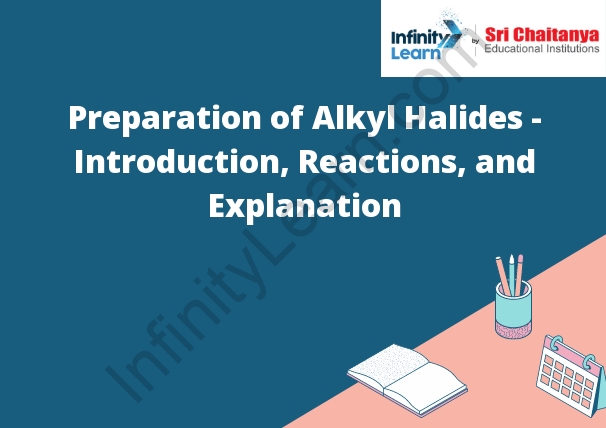Table of Contents
Introduction to Alkyl Halides
Alkyl halides are a type of organic compound that contain a carbon-halogen bond. The carbon atom is bonded to a halogen atom such as fluorine, chlorine, bromine, or iodine. Alkyl halides are important industrial chemicals. They are used to produce other organic compounds, such as plastics and pharmaceuticals.

Preparation of Alkyl Halides
Alkyl halides are compounds that contain a carbon atom bonded to a halogen atom. The most common alkyl halides are chlorides, bromides, and iodides.
The preparation of alkyl halides typically involves the use of alkyl halides as reagents. In one common procedure, an alkyl halide is treated with a strong base, such as sodium hydride, to produce the corresponding alkene. The alkene is then treated with a halogenating agent, such as chlorine gas, to produce the alkyl halide.
Another common procedure for preparing alkyl halides involves the use of alkyl halides as precursors. In this procedure, an alkyl halide is heated with a Lewis acid, such as aluminum chloride, to produce the corresponding alkyl aluminum halide. The alkyl aluminum halide is then treated with a halogenating agent to produce the alkyl halide.
Reactions of Alkyl Halides
The reaction of an alkyl halide with an alcohol produces an alkyl halide alcohol. The reaction is catalyzed by a base, such as sodium hydroxide. The reaction produces a salt and water. The alkyl halide alcohol is a useful reagent in the synthesis of other organic compounds.






